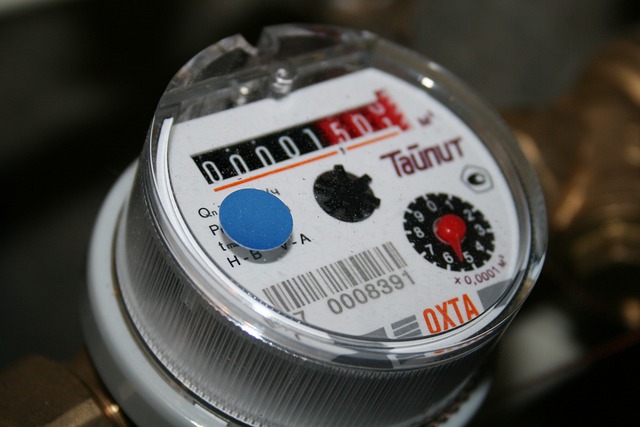Mastering Exposure: The Essential Guide to Light Meters in Photography
As photographers, we all know the significance of light in creating stunning images. Whether you are capturing a breathtaking sunset, a candid moment, or a finely crafted portrait, mastering exposure is crucial. One of the most powerful tools in your arsenal for achieving perfect exposure is the light meter. Understanding how to utilize this device can take your photography to the next level and empower you to create beautifully balanced photographs.
What is a Light Meter?
A light meter is a device used to measure the amount of light in a scene, helping you to determine the optimal exposure settings for your camera. It takes the guesswork out of photography by providing precise readings that allow you to adjust your aperture, shutter speed, and ISO settings accordingly. Whether you’re shooting with digital or film, understanding how to read and use a light meter can make all the difference in your images.
Types of Light Meters
There are generally two types of light meters: incident light meters and reflected light meters. Each serves a different purpose and is useful in various scenarios.
- Incident Light Meters: These measure the light falling on your subject, irrespective of the color or reflectivity of the surfaces involved. They usually come with a white dome that you place at the subject’s location to get a reading. This type is particularly beneficial in controlled environments, such as studios, where you need accurate readings.
- Reflected Light Meters: These measure the light bouncing off your subject and are commonly found in most modern cameras. However, they can be influenced by the colors and textures in the scene. Consequently, understanding how to interpret these readings is essential for achieving accurate exposure.
How to Use a Light Meter
Using a light meter is relatively straightforward. Here’s a simple step-by-step guide:
- Choose Your Mode: Depending on your meter, select either incident or reflected mode.
- Set the ISO: Input the ISO setting you intend to use for your shot.
- Take a Reading: Position the meter at your subject (for incident) or point it towards the light source (for reflected) and press the button to get your reading.
- Adjust Your Camera Settings: Based on the reading, adjust your aperture, shutter speed, and ISO settings to achieve the desired exposure.
Why Use a Light Meter?
You may wonder if a light meter is really necessary when you have your camera’s built-in meter. While it’s true that modern cameras are equipped with impressive automated systems, relying solely on them can sometimes lead to exposure errors, especially in challenging lighting conditions. A dedicated light meter provides more accurate measurements, allowing you to make informed choices that reflect your creative vision.
The Artistic Side of Exposure
Exposure is not just a technical aspect of photography; it’s a form of artistic expression. By understanding how to manipulate light with a light meter, you gain the ability to portray emotions, highlight details, and guide the viewer’s eye. Experimenting with different exposures can transform an ordinary photo into a compelling narrative, enhancing your unique style.
Conclusion
By mastering the art of using a light meter, you unlock new levels of creativity in your photography. Whether you are capturing fleeting moments of candid joy or meticulously planned compositions, having precise control over your exposure means you’ll always be ready to seize the perfect shot. Embrace this essential tool, and let the light guide your lens!



